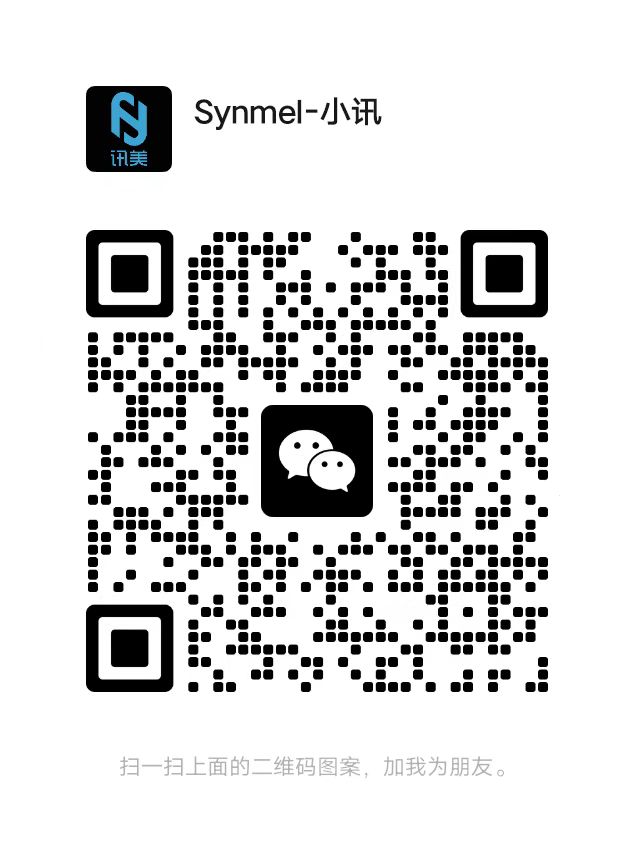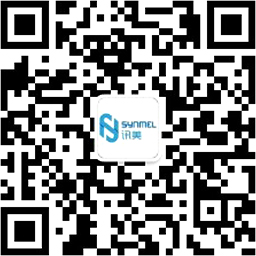- English
- Español
- Português
- русский
- Français
- 日本語
- Deutsch
- tiếng Việt
- Italiano
- Nederlands
- ภาษาไทย
- Polski
- 한국어
- Svenska
- magyar
- Malay
- বাংলা ভাষার
- Dansk
- Suomi
- हिन्दी
- Pilipino
- Türkçe
- Gaeilge
- العربية
- Indonesia
- Norsk
- تمل
- český
- ελληνικά
- український
- Javanese
- فارسی
- தமிழ்
- తెలుగు
- नेपाली
- Burmese
- български
- ລາວ
- Latine
- Қазақша
- Euskal
- Azərbaycan
- Slovenský jazyk
- Македонски
- Lietuvos
- Eesti Keel
- Română
- Slovenski
- मराठी
- Srpski језик
How is the anti-interference capability of the RF soft label?
2025-10-21
RF soft labels are commonly used in logistics, retail, asset management, and other applications, and their anti-interference ability is affected by various factors. The anti-interference ability of RF soft tags depends on the following key factors:
1. Selection of operating frequency band:
The frequency band used by RF soft labels directly affects their anti-interference ability. The common RFID frequency bands include low frequency, high frequency, and ultra-high frequency. The sensitivity of RF soft tags to interference varies among different frequency bands:
Low frequency: Low frequency RFID tags have relatively strong anti-interference ability because they have strong low-frequency signal penetration ability and good anti-interference effect against metal and water interference. However, its reading distance is relatively short.
High frequency: High frequency RFID labels typically have a longer reading distance than low-frequency labels, but are more sensitive to electromagnetic interference in the environment.
UHF tags provide longer reading distances and higher data transmission rates, but they are more susceptible to interference from electromagnetic waves, metal objects, and liquids.
2. Label design and materials:
The anti-interference ability of RF soft labels is also influenced by their design and materials. For example:
Metal shielding design: Some RF soft labels are equipped with a metal shielding layer, which can reduce the impact of external electromagnetic interference.
Anti interference chip: The chip in the RF label can adopt anti-interference design to resist high-frequency noise, signal superposition in RFID systems, and other issues.
Material selection: The material of the label will affect its response to environmental changes, for example, some soft labels are very sensitive to interference from water or metal objects, while some labels use special materials to mitigate these interferences.
3. Environmental factors:
The anti-interference ability of RF soft labels is also affected by environmental factors, such as:
Electromagnetic interference: The surrounding electromagnetic environment can affect the propagation of RFID signals. Electrical equipment, large machinery, wireless communication devices, etc. may all cause interference.
Metal interference: Metal surfaces reflect RFID signals, interfering with the signal transmission of tags, especially UHF tags that are easily affected by metal objects. In this regard, some RF soft tag designs will specifically consider resistance to metal interference.
Liquid interference: Liquids, especially water, absorb and reflect RFID signals, affecting the effectiveness of labels .
4. Application of anti-interference technology:
In order to improve the anti-interference ability of RF soft labels, many RFID systems have adopted some technologies, such as:
Frequency hopping: Through frequency hopping technology, RFID systems can randomly switch between multiple frequencies, avoiding interference sources from being concentrated in a fixed frequency band.
Anti interference coding: By using anti-interference coding technology, RFID systems can effectively reduce signal interference.
Signal processing algorithms: Advanced signal processing algorithms can help improve the tolerance of RFID systems to noise and interference.
5. Reading distance and interference of tags:
The reading distance of RF soft labels can also be affected by interference sources. Usually, the farther the reading distance, the weaker the anti-interference ability. RFID systems are susceptible to environmental noise interference when reading tags over long distances, leading to signal attenuation and reading failure.
Summary: The anti-interference ability of RF soft labels is not constant, and it is influenced by various factors such as frequency band, label design, materials, and environmental factors. Overall, low-frequency tags have strong resistance to interference, but have a shorter reading distance; High frequency and ultra-high frequency tags have a longer reading distance, but are susceptible to interference from metals, moisture, and other factors. In order to improve anti-interference ability, optimization can be carried out in label design, operating frequency band selection, signal processing, and other aspects.




